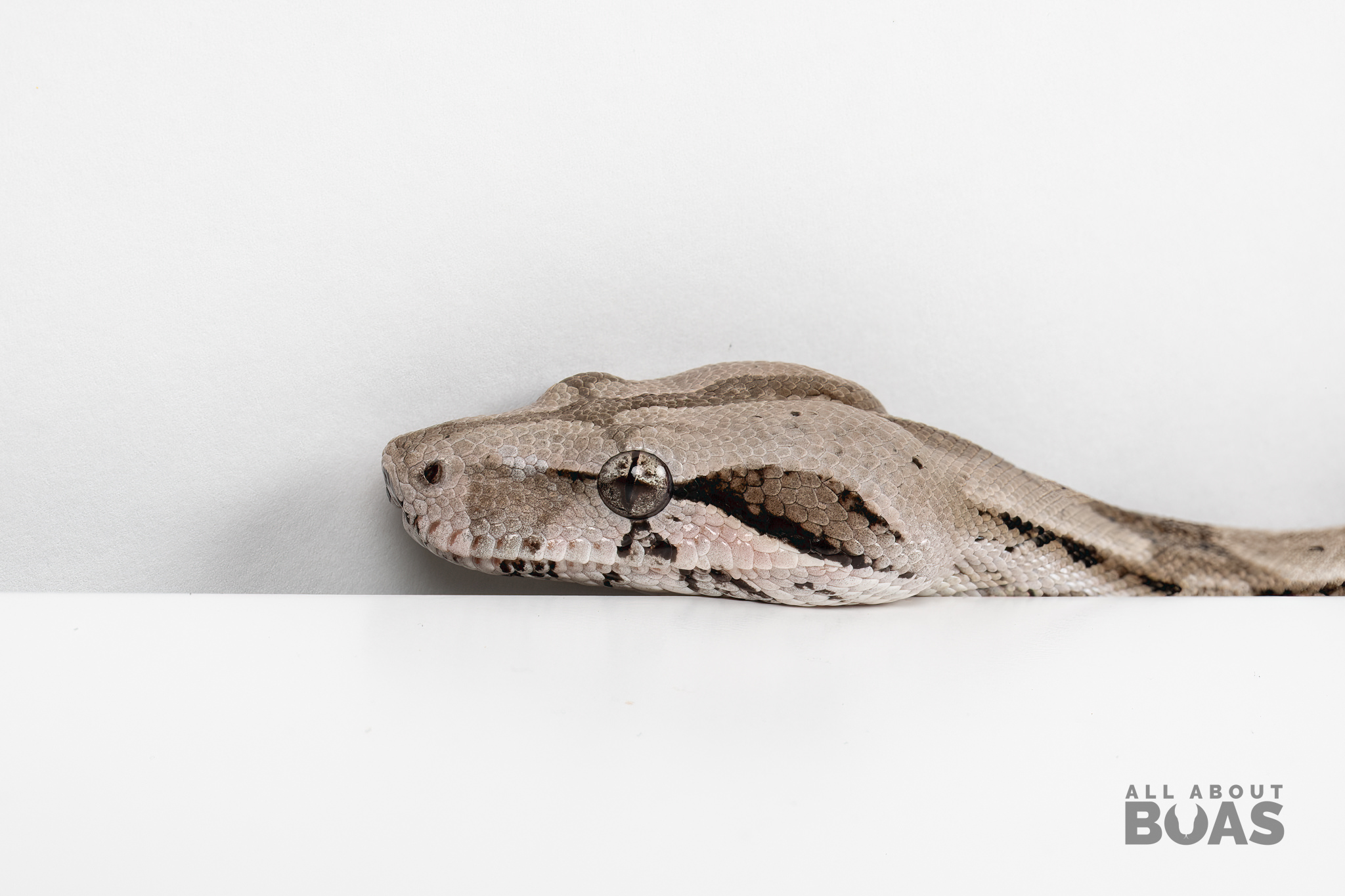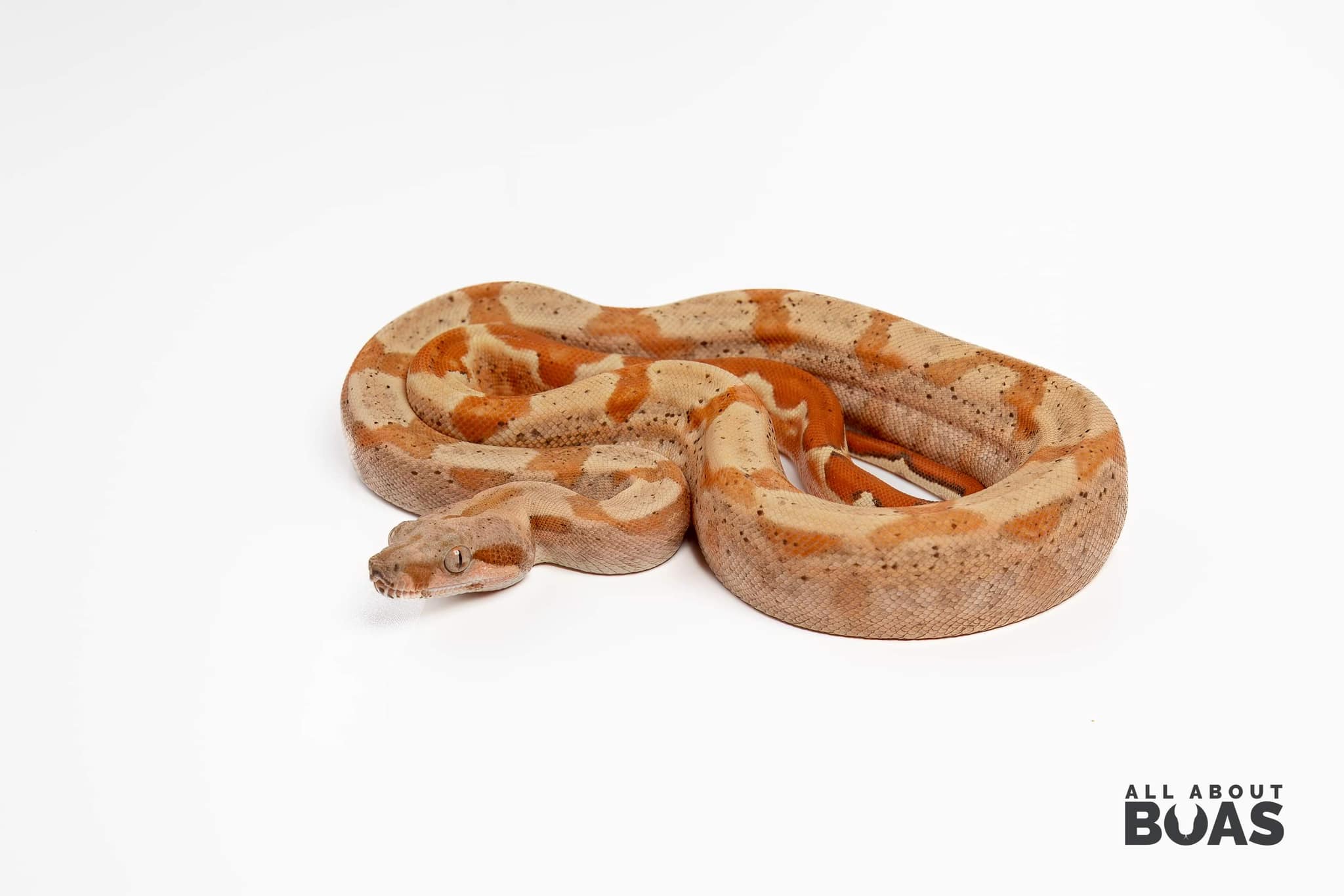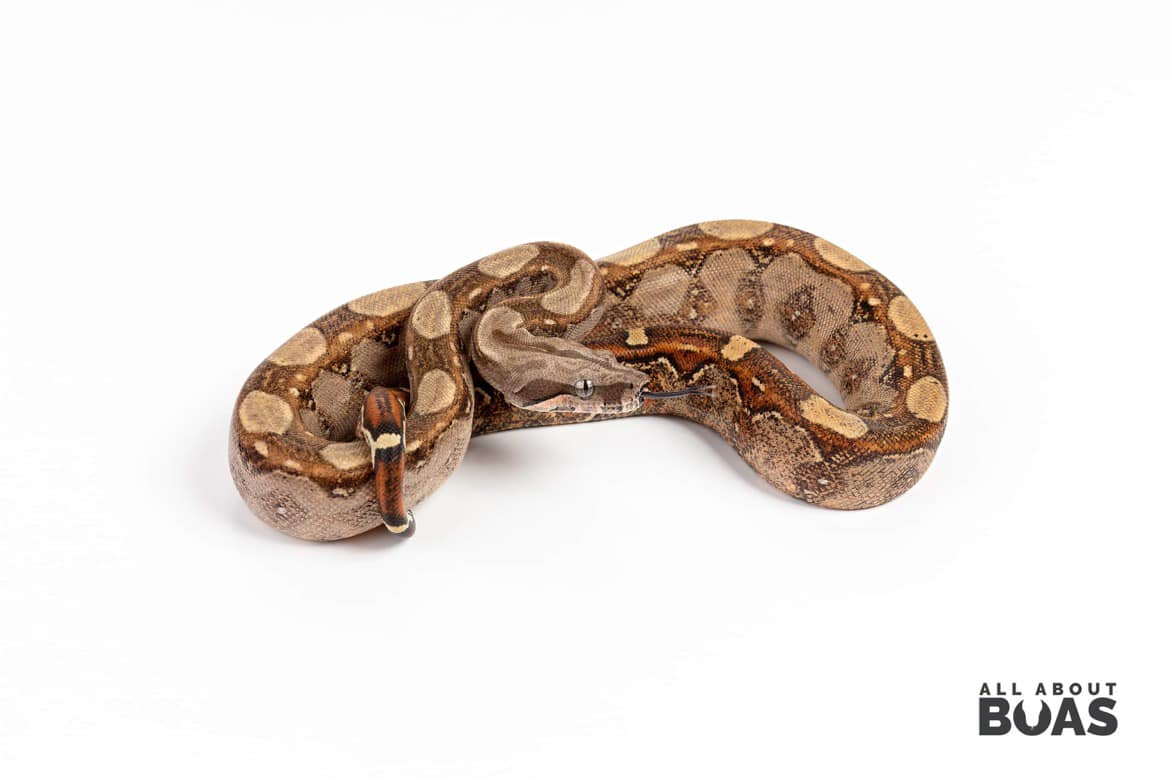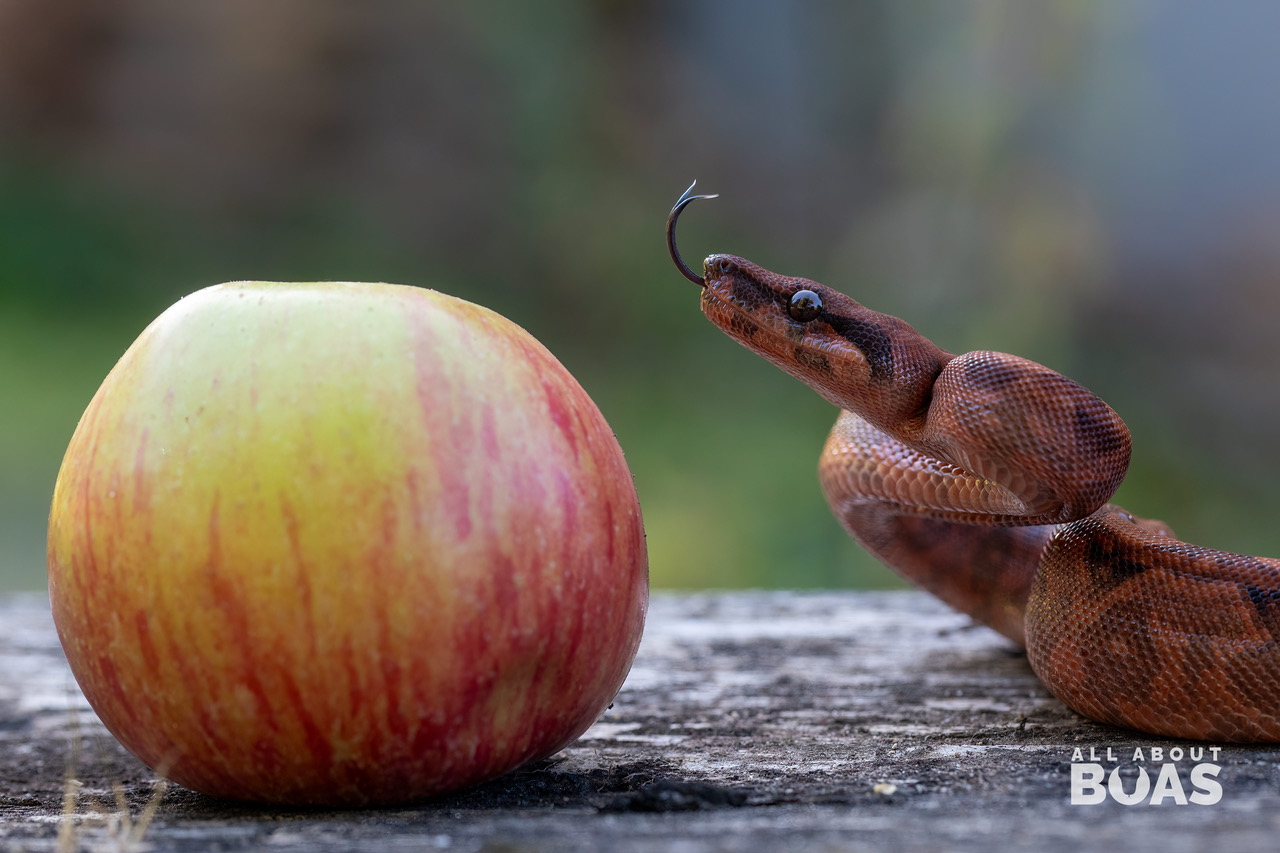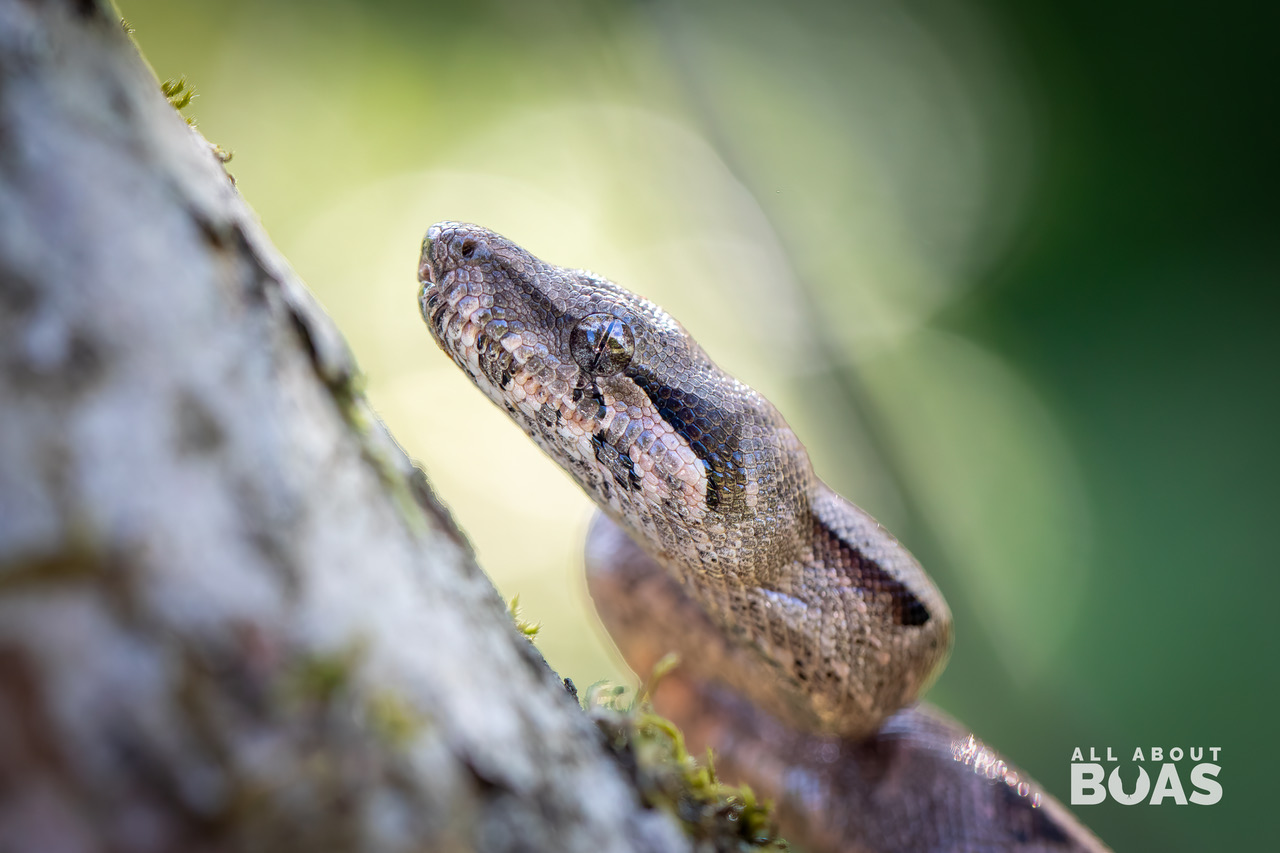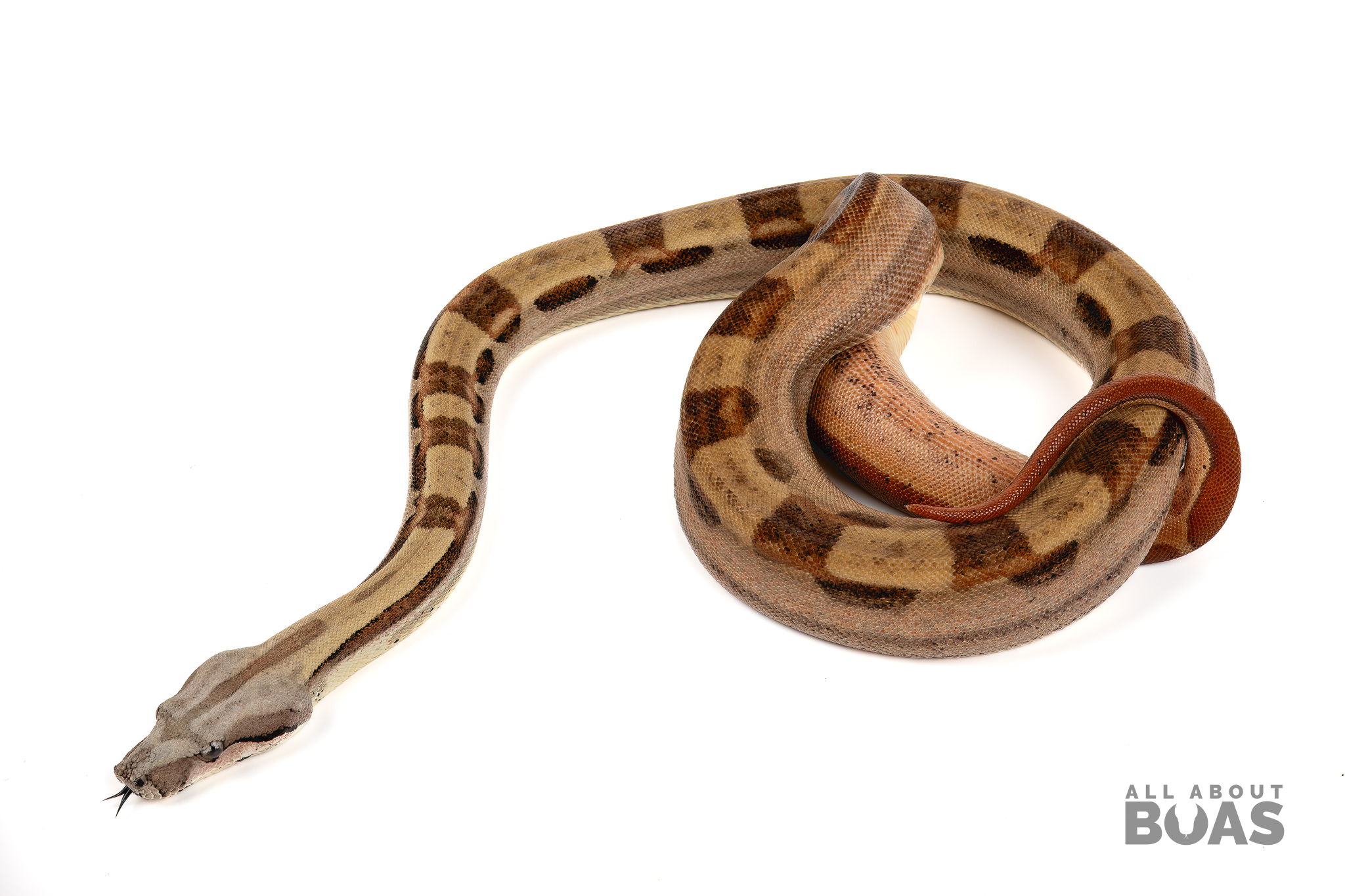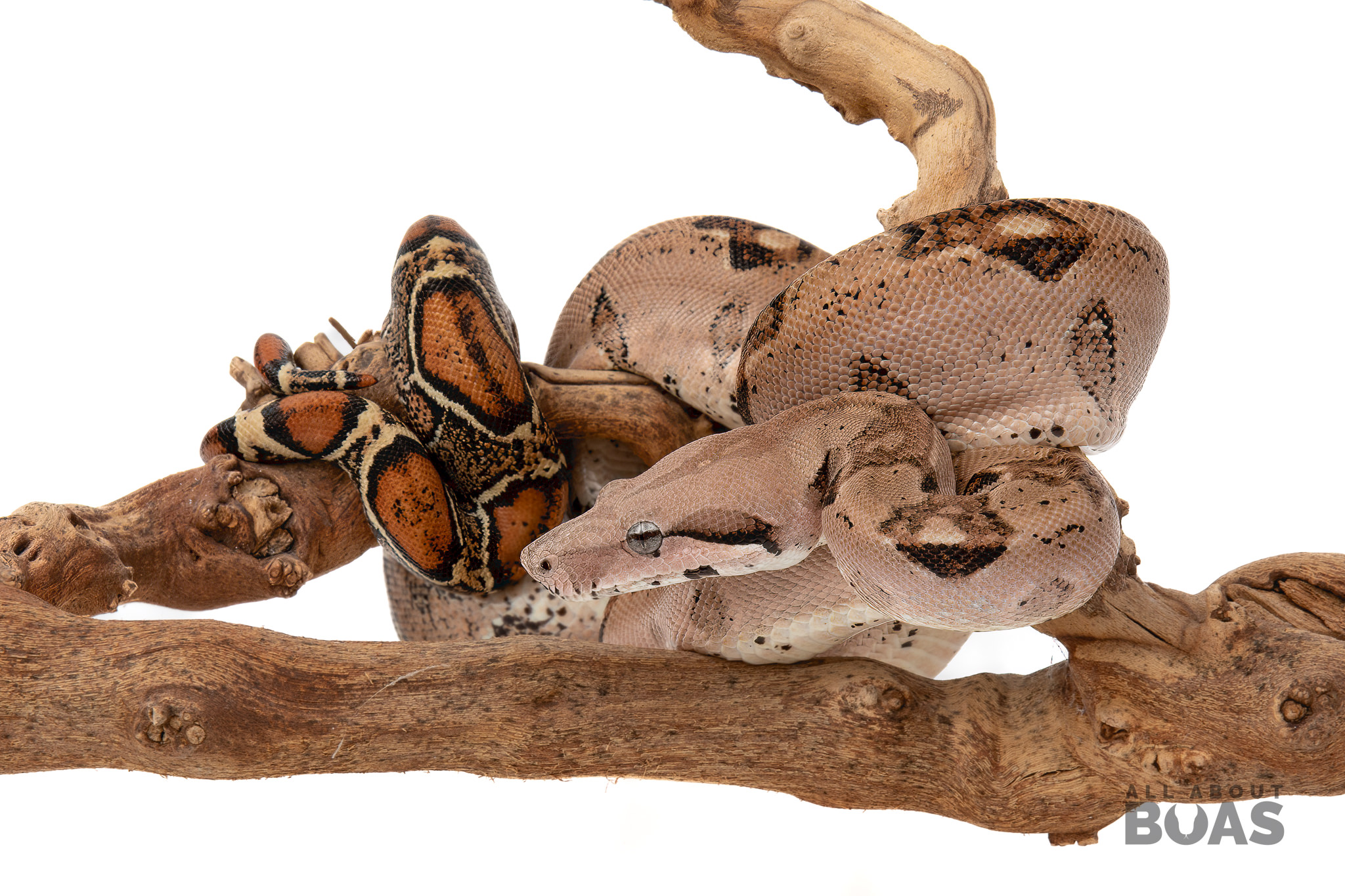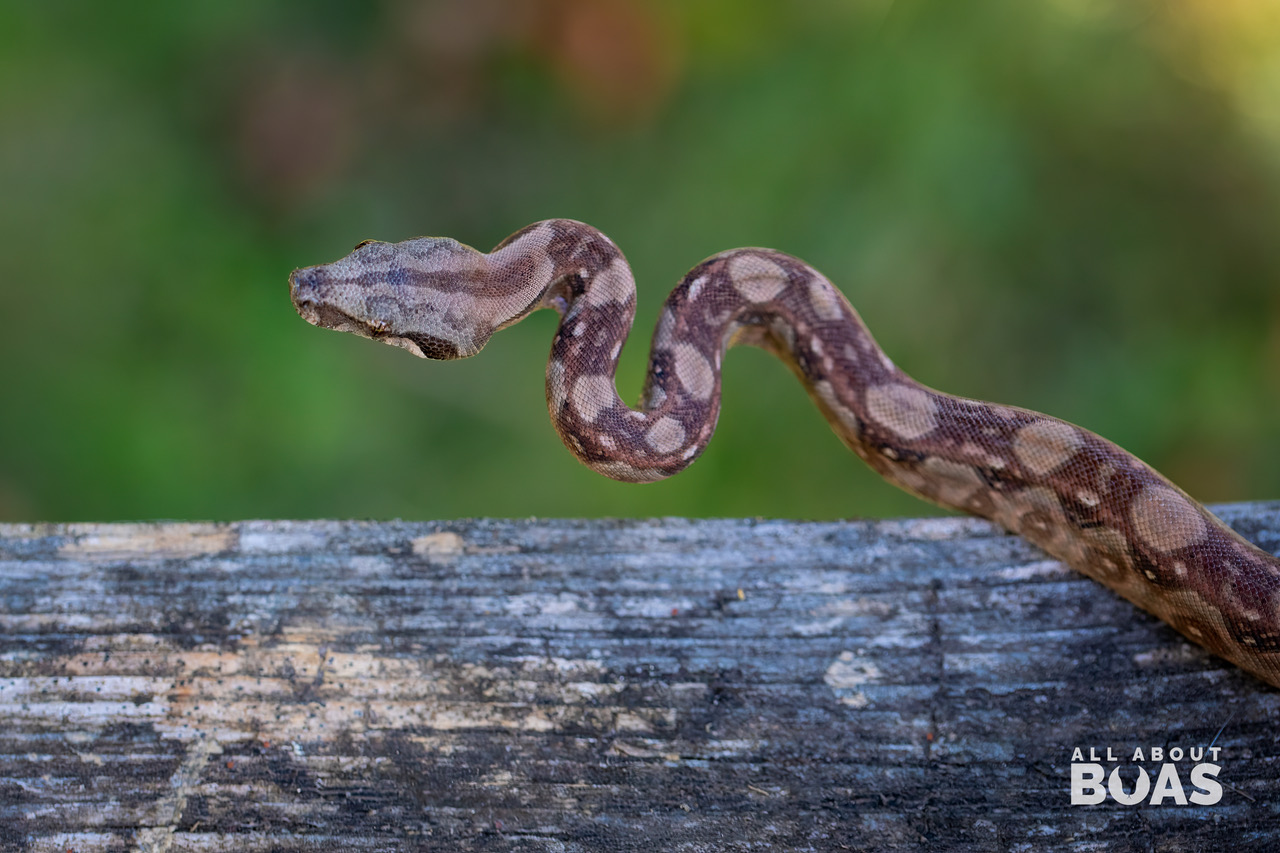
Boa constrictors, with their majestic coils and remarkable hunting prowess, have captivated the fascination of reptile enthusiasts and nature lovers for generations. However, beyond their awe-inspiring presence, these iconic snakes face significant conservation and environmental challenges in their natural habitats. Understanding and addressing these issues are crucial to ensuring the survival of these magnificent creatures for generations to come.
Habitat Loss and Deforestation: One of the most pressing issues threatening boa constrictors is habitat loss due to deforestation. As human populations expand, vast areas of forests, which serve as the natural habitats for boa constrictors, are being cleared for agriculture, logging, and urban development. Deforestation not only diminishes the available living spaces for these snakes but also disrupts the delicate ecological balance of their ecosystems. Without suitable habitats, boa constrictor populations dwindle, making them more susceptible to extinction.
Illegal Wildlife Trade: The illegal wildlife trade poses a severe threat to boa constrictors. These snakes are highly sought after in the exotic pet market, and their capture and trade often occur illegally. Poachers exploit the demand for boa constrictors, capturing them from the wild and selling them on the black market. This unsustainable practice not only decimates wild populations but also contributes to the stress and suffering of individual snakes during transportation and captivity. Buying your boa from a reputable dealer that can proof that your animal is born in captivity is key.
Climate Change: Climate change is altering the natural environments of boa constrictors. Shifts in temperature and precipitation patterns affect their prey availability and breeding cycles. Additionally, rising temperatures can lead to increased frequency and intensity of wildfires, further disrupting their habitats. These changes in climate conditions challenge boa constrictors' ability to adapt and thrive in their natural environments.
Fragmentation of Habitats: Habitat fragmentation occurs when large, continuous habitats are divided into smaller, isolated patches. This fragmentation disrupts the movement and migration patterns of boa constrictors, making it difficult for populations to interbreed and maintain genetic diversity. Reduced genetic diversity can lead to increased vulnerability to diseases and environmental changes, further endangering their survival.
Conservation Efforts: Conservation organizations and researchers are actively working to protect boa constrictors and their habitats. Efforts include creating protected areas and reserves to preserve critical habitats, conducting research to better understand boa constrictor populations and their ecological needs, and implementing education and outreach programs to raise awareness about the importance of these snakes in the ecosystem.
How Individuals Can Help: Individuals can play a significant role in boa constrictor conservation. Supporting reputable conservation organizations financially or through volunteer work can contribute directly to conservation efforts. Additionally, raising awareness about the importance of preserving natural habitats, combating illegal wildlife trade, and advocating for policies that protect endangered species and their environments are crucial steps in the right direction.
In conclusion, the conservation of boa constrictors is a shared responsibility that requires global collaboration and concerted efforts. By understanding and addressing the environmental challenges they face, we can ensure that these remarkable snakes continue to thrive in their natural habitats, enriching the biodiversity of our planet for generations to come. Together, we can secure a future where boa constrictors, and the ecosystems they inhabit, are preserved and protected for the benefit of all living beings.




